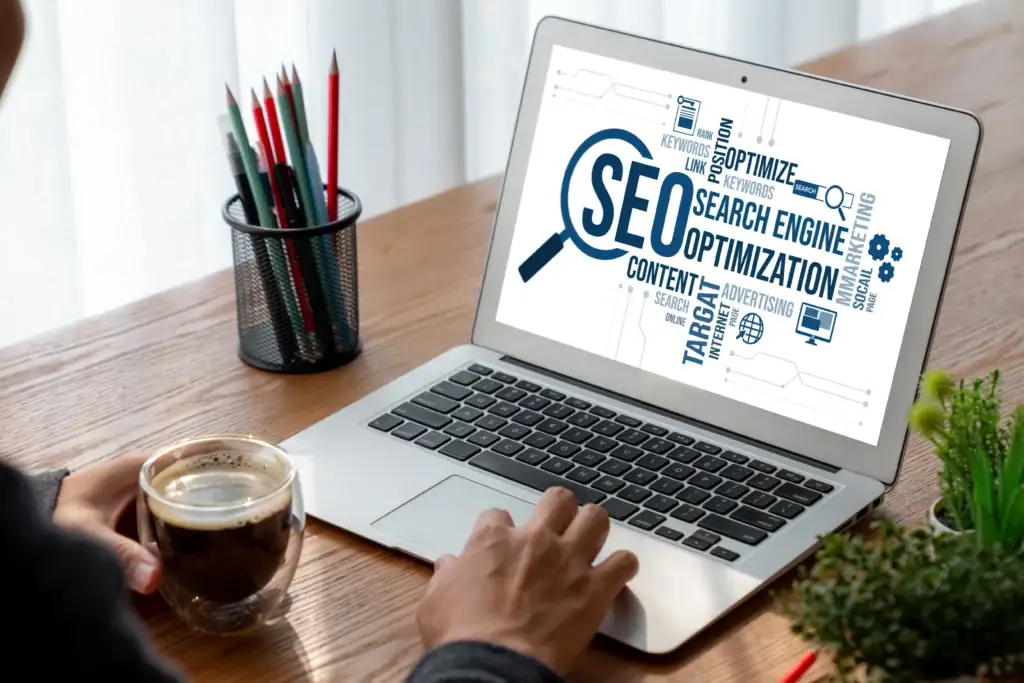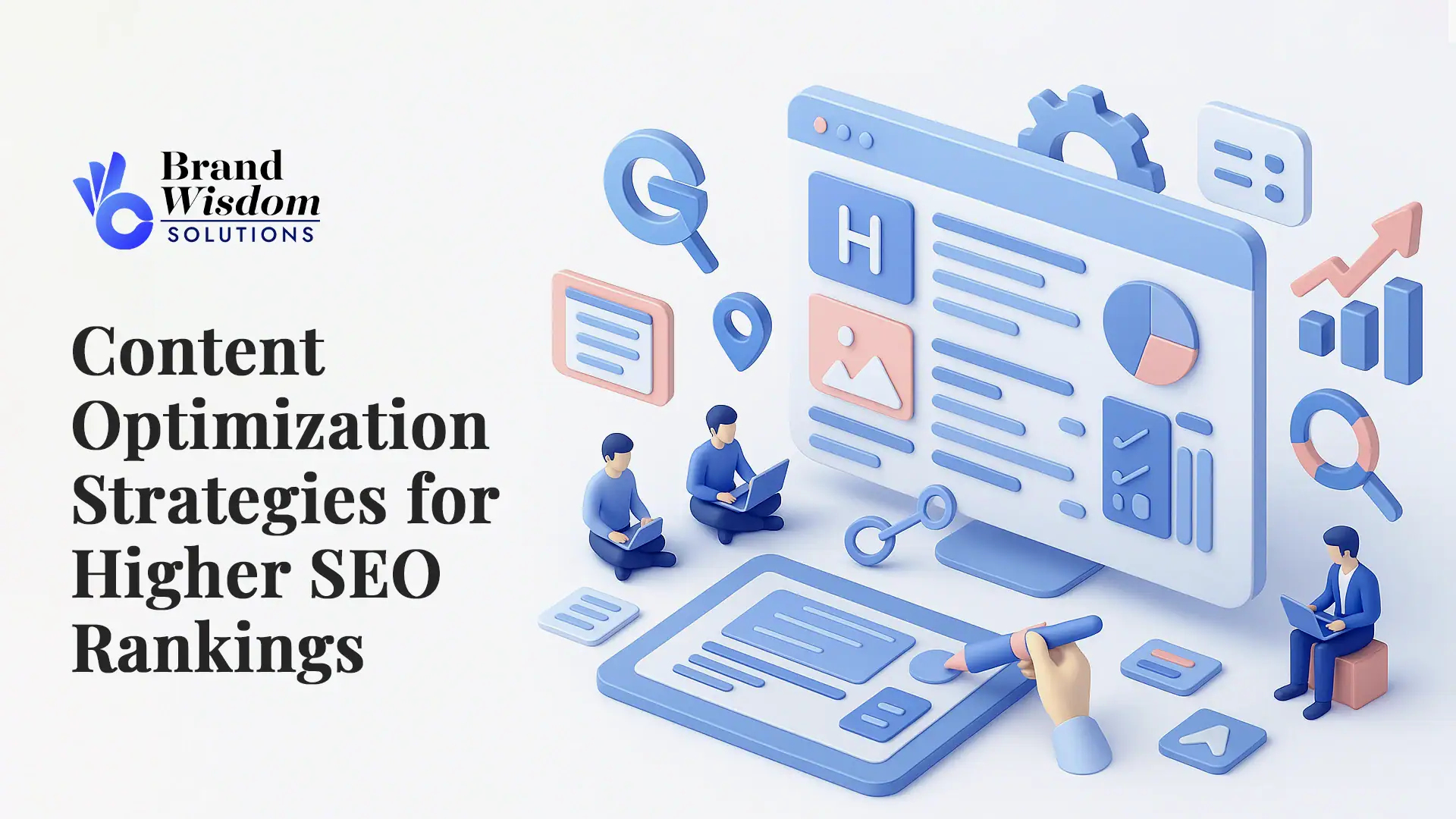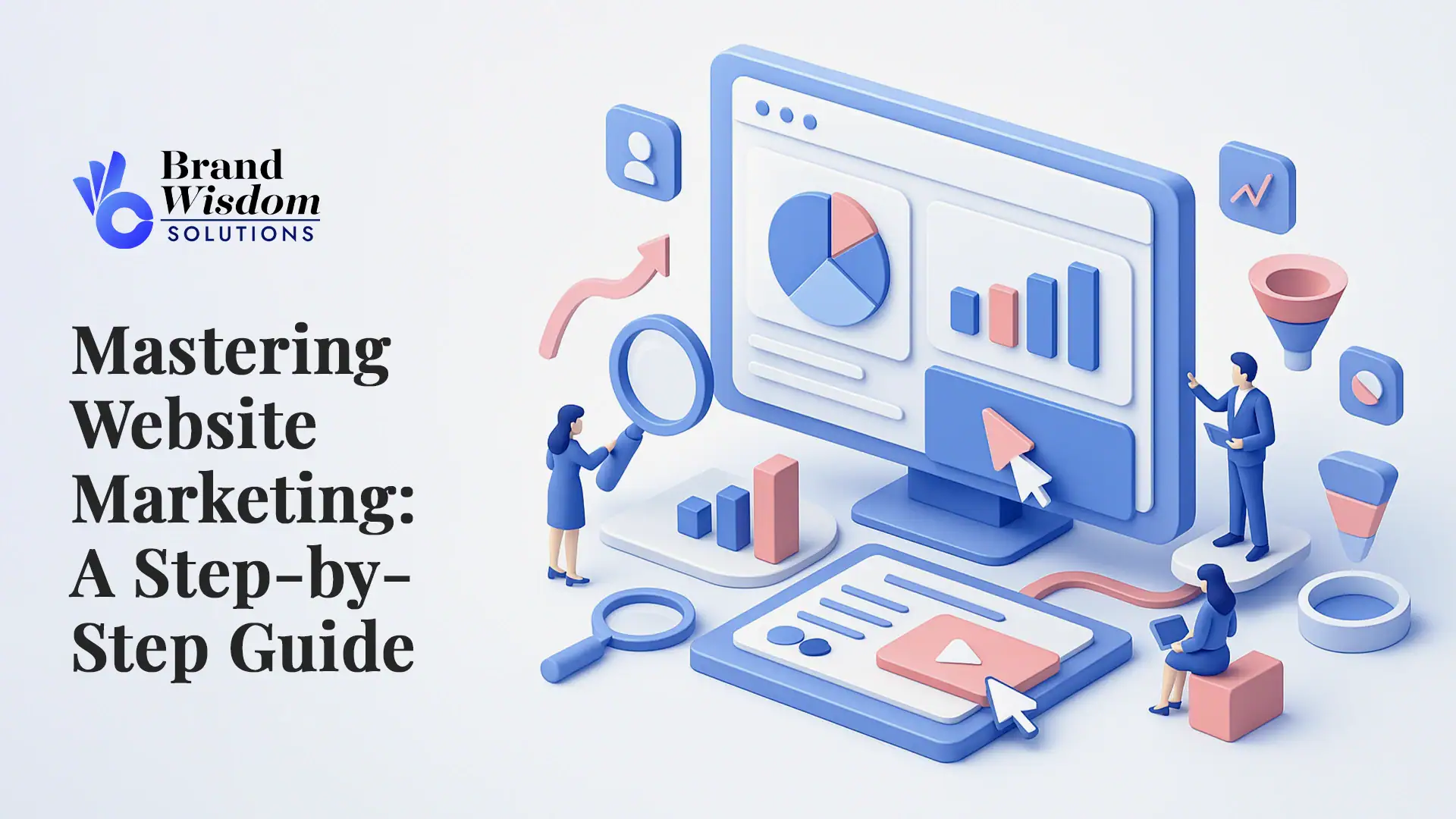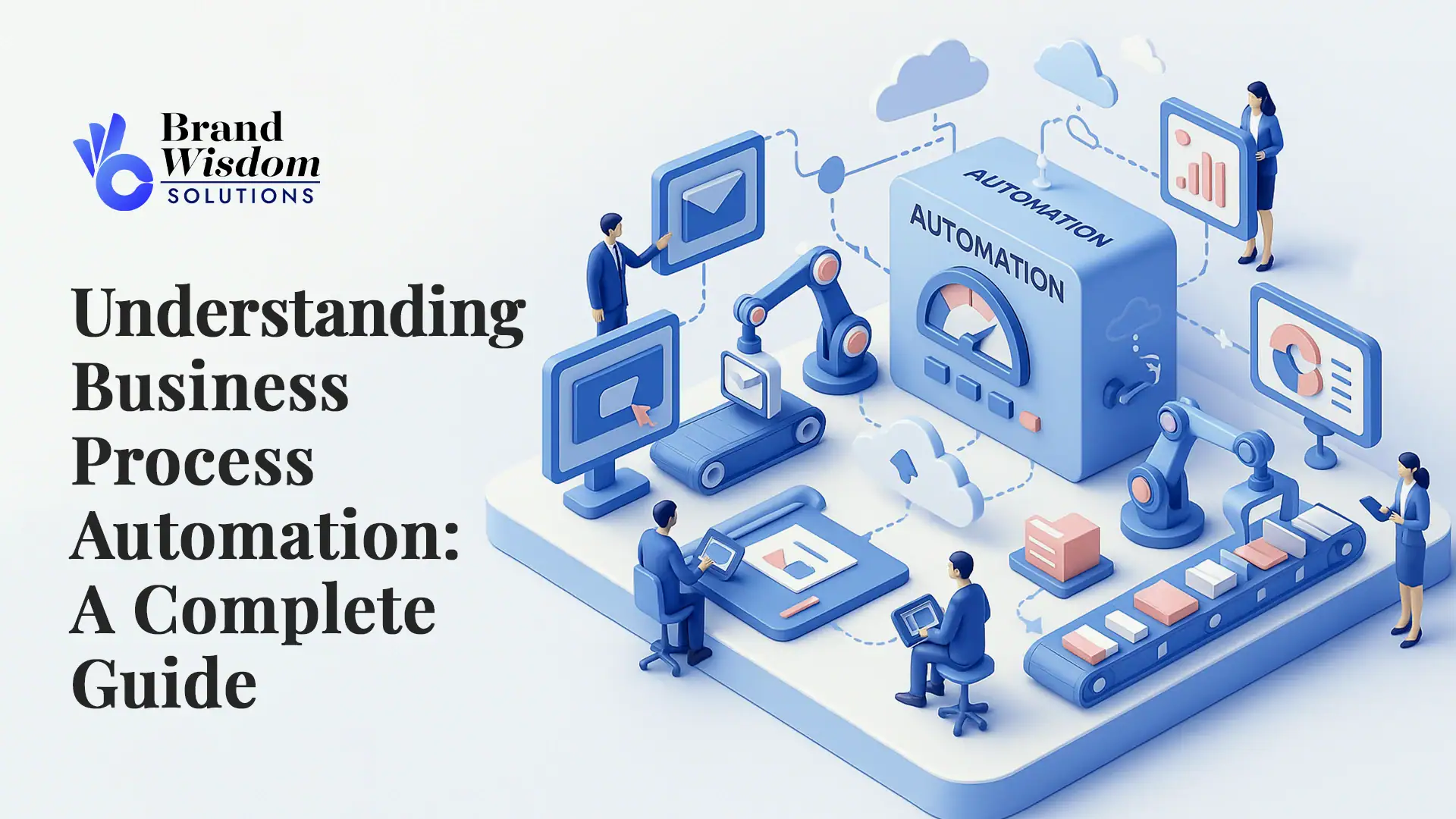The words on your website help it show up better on search engines. If you do not have a good content strategy, your business may miss out on getting organic traffic. When you focus on technical SEO, you make sure each blog post or article follows the right rules, fits what people are looking for, and gives real value. This is how you connect great content to what your readers want. No matter if you want to speak to a small group or reach more people, content optimization helps your site get higher rankings and better engagement rates.
Understanding Content Optimization for SEO

Ranking well is not just about putting out good articles now. You must work on dynamic search engine optimization. You need to use seo tools and strong content marketing to get better chances at profit and long-term success. When you pick the right keyword plan and build a solid piece, each small step helps bring results. But why do you have to do this? The answer is that optimized content helps your search engine spot you, draw people in, and also make them stay, buy, and come back.
Defining Content Optimization and Its Importance
Content optimization means you work on every part of your material. You do this by using the right keywords and making it easy to read. The goal is to get higher rankings on search engines like Google. It’s not just about making new content. It’s to make sure what you already have matches what Google search is looking for and what people want to see. It can be about fixing up old blog posts or finding the right keywords. When you do this, your content shows up more in search results.
Content optimization helps you meet your business goals, too. It can bring you more organic traffic by using important keywords that visitors type. It also makes your website easier to use for people. Getting better SEO rankings lets your blog posts and pages get seen by more people than your competition. When you keep checking and updating your site, you match what people are now looking for and how Google search keeps changing.
Content optimization is very important in digital marketing. Without it, even the best articles won’t reach people or make much of a difference.
The Impact of SEO Rankings on Website Traffic in India
The link between SEO ranking and organic search traffic is clear. In India, the digital world is growing fast. That is why making your site easy to find on Google search is even more important. If your website ranks higher, more people will visit it because they are searching for answers to their questions.
Sites you see on Page 1 get more clicks than those shown further down. This is because Google search algorithms look at how deep and trustworthy the content is to decide where it will show up. If you keep your content ready for seo ranking, it will keep people interested and coming back.
When you track ranking factors using trusted seo tools, you get helpful updates if things change. No matter if you want quick results or steady growth over time, sites in India must see that rankings are very important to long-term success.
Setting the Foundation: Keyword Research and Strategy

When you want to do keyword research, you can use tools like Google Ads’ Planner. This tool helps you find the best keyword research tools. Using it means your keyword list will have all the words it needs, and those words will be very useful to you because the tool shows you good search volume data.
Making a clear keyword strategy lets your website meet what people want. It also helps match what people search for on the internet. Now, let’s look at how you can use high-intent keywords to reach specific groups. You can also boost your website’s visibility by using secondary or long-tail key phrases.
Identifying High-Intent Keywords for Indian Audiences
For India, it is important to connect with the right target audience by using high-intent keywords. These are the keywords that have good search volume and show what people want to buy or know more about. Tools like keyword planners help you see which words are being used in India.
If you want your keyword plan to work well, you need to know local trends. Using search volume data helps your website reach people who are really interested in your area. For example, if you have an online shop, looking up keywords like “affordable shopping near me” can help you get more business.
When it comes to using keyword tools, there are lots of websites that make it easy to choose strong keywords. You should look at both traffic numbers and whether the words match your business. This way, you can avoid spending time on keywords that do not matter to your work.
If you make your online content feel right for local people, but also work for everyone, you will do well.
Incorporating Secondary and Long-Tail Keywords
When you focus on primary keywords, you should not forget about long-tail keywords. These are phrases that many people type into Google search when they want something very specific. For example, instead of typing “running shoes,” most people will search for “best running shoes for beginners.” These simpler phrases can help your page get a good SEO performance in search results.
Adding related keywords you find with keyword research tools like Ahrefs can make your writing stronger. These kinds of secondary keywords can turn a simple strategy into a great one because they show how your content fits into lots of keyword ideas. Long-tail keywords help your page connect to different subtopics. Using them in the right way makes the whole site better.
When you use easy phrases from keyword lists, your content matches what users actually type. This might be things like “free tool reviews” or “low-cost management software.” Using these phrases will help your pages show up in more Google search console results. In the end, keyword research and related keywords matter a lot for getting noticed.
Aligning Content with User Search Intent
Meeting search intent is at the heart of any good SEO strategy. Using target keywords helps your content answer what people really need—this could be information, a purchase, or to find a web page.
Every part of your content needs to match what the searcher is looking for. This helps you do well in rankings and keeps your numbers up. Find out how different SERP features lead to intended results. Create content that meets small and big needs people may have.
Types of Search Intent and Their Role in SEO
Understanding search intent is about knowing what users want. There are four main types:
| Informational | People look for knowledge. An example is, “What are SEO tools? |
| Transactional | These searches are about wanting to get a service. For example, “Buy rich snippet generators. |
| Navigational | These people want to go straight to a certain website. |
| Commercial Investigation | These searches are about comparing different tools so you can decide what to buy. |
When you use tools to check search results, it helps your content match people’s needs and search intent. Platforms like Ahrefs Keyword Explorer show you if what you say fits the main things on the results page (features). If users are searching for a piece of content and need details, they want very specific answers. Meeting these needs can make search results more helpful for everyone.
Optimizing Content to Satisfy Different User Needs
Meeting different needs means using flexible ways that put user experience first. Simple formats help people get data more easily. Clear piece of content navigation lets people find what they want fast, so it is easy to understand.
Breaking long articles into smaller sections with headers helps people to read better. Telling people the main keywords right away helps more people stay interested. Along with words, using things like markers—such as visual descriptions or alt text—makes each part unique and fun. Adding new choices often means the results can be better over time.
Giving useful answers closes the gap between questions and lasting good outcomes.
Creating High-Quality, Authoritative Content

Establishing your online presence starts by creating content for both users and search engines. If you focus on E-E-A-T—experience, expertise, authority, and trustworthiness—your blog posts will be seen as a good source of information. Doing your own research gives your content more credibility. Citing trusted sources helps people trust you.
When you make content that is unique, you can get more organic traffic and keep people interested in what you share. This can also help your blog posts show up higher in a search engine. Using these tips will help your content match what users want and help you reach your business goals.
E-E-A-T Principles (Experience, Expertise, Authority, Trustworthiness)
Showing experience, expertise, authority, and trust is very important if you want your blog posts to be seen as real and honest. The E-E-A-T method helps build trust with people who read your blog. It also fits well with what Google looks for when it gives pages a high ranking.
When you share your own research, talk with subject matter experts, and show some social proof, you can make your blog even stronger. These actions help you look like a leader in your field.
When you write content that follows these rules, your blog posts are more likely to connect with your target audience. This can give you a better user experience, more organic traffic, and improve your SEO performance because your content fits their search intent.
Conducting Original Research and Citing Credible Sources
Doing original research makes your content look strong and honest. It helps show that you know the topic well. This also makes people trust your writing more and makes your whole content strategy better. When you use credible sources, like new studies or expert thoughts, you help prove your points and make the user experience better.
Taking data from big journals or well-known industry people adds social proof. It helps your search engine ranking and makes your target audience trust you. This leads to more organic traffic coming to your site and helps with SEO performance. In the end, using this way of working can move you up in search engine results.
On-Page SEO Techniques for Better Rankings

Effective on-page SEO techniques can help your web pages rank better on search engines and improve user experience. When you write strong title tags and clear meta descriptions, it makes people want to click, and it also shows what the page is about. Using header tags to organize your content makes it easier to read. It also helps search engines understand the flow and order of information.
Adding internal links on your web pages lets people easily find related topics. This keeps them on your site longer and helps increase organic traffic. These SEO steps are important if you want to make your content better and see good results.
Crafting Compelling Title Tags and Meta Descriptions
Effective title tags and engaging meta descriptions can help your website rank higher in search engine results. They also help people click on your site. You need to include the target keyword in a way that sounds natural. To work well, meta descriptions should be short, clear, and make people want to visit your site. A good meta description gives a short summary of the content. It should grab the user’s attention and have related keywords from the topic, too. SEO tools can help you know how long your title and description should be. These tools also find phrases that get a good reaction from your target audience. Using these tips will help you get more organic traffic and better visibility in the search engine results.
Structuring Content with Header Tags and Internal Links
Good content structure helps make your website better for people and helps your search engine ranking. When you use header tags like H1, H2, and H3, it breaks your writing into clear sections. This makes it easier for both people and search engines, like Google Search, to find and understand the key topics.
If you add internal links, you help your readers navigate more pages on your site. This also tells the search engine that your writing is useful and trusted. Linking to other pages on your own site boosts your SEO performance. When you do this, you can get more organic traffic and your site can be seen by more people in the Google Search results. This way, people have a better user experience, and you get more visitors over time.
Enhancing Content Readability and Engagement

Good content needs to be easy to read. This helps people take in the information. Try to use simple words and short sentences. Bullet points also help to make complex ideas clear and easy to follow.
When you use pictures or infographics, write clear alt text for them. This makes things easier to understand and keeps people interested.
It is good to have data and facts in your content. They show readers strong proof and make their ideas stand out.
These steps help your search engine optimization, so your platform can get more organic traffic. Plus, they boost user experience and keep people coming back.
Writing Clear, Concise, and Easy-to-Understand Copy
Being clear is a must when you write good content. Using simple words helps the user experience. It lets your target audience understand ideas with ease. When your content is easy to read, people are more likely to share it on social media.
Short and clear writing makes it quicker to tell the main points. This way, the reader does not get lost or feel overwhelmed. Adding bullet points and subheadings can also help break down hard topics, so they are easier to take in.
If you create unique content that is easy to read and simple, you help your SEO strategy. This can lead to better results with search engine rankings.
Using Visual Elements and Data to Support Content
Adding visuals like infographics, charts, and images can make the user experience better. These elements break up large sections of text and help people understand hard ideas in an easier way. When you show data with visuals from trusted sources or your own research, it can also build trust. Also, when you use alt text for every image, screen readers can describe the images to people who need them. This helps more people use your site and can improve your SEO performance.
Updating and Republishing Existing Content

Content that has already come out can still help a lot. To find out where there are gaps or spots for a refresh in your blog posts, look at what you already have and see if it matches what people want right now. Use keyword research tools and check search volume data to spot the things that need updates. To make underperforming pages better, work on making the topic a better fit for your target audience and boost the SEO performance. Doing this will help your organic traffic grow and will also help win back trust and show you as an expert to your target audience.
Identifying Content Gaps and Refresh Opportunities
Spotting content gaps is very important to keep your blog posts on top and trusted in your niche. Using good keyword research tools helps you find topics that people want but are not covered much in your past blog posts. When you look at user experience, like how much people read and how many come from search engines (organic traffic), you can see the parts that need new ideas. There are times when a piece of content does not have enough detail or has old information. That is when you should update it with new data or link to recent studies, to make it better and more trusted. Using what you learn from these steps makes sure every piece of content you write matches search intent and gives your readers what they want as their needs change.
Conclusion
A good content optimization plan needs a full approach that mixes great content with smart SEO steps. The goal is to make strong content that speaks to the target audience. This helps a business raise its search engine ranking and get more organic traffic. It is good to keep content fresh by updating and sharing it again. This keeps the content up-to-date in a fast-moving digital world. When you bring together solid content plans with the right technical SEO work, you can boost how much people see your website and help reach your business goals. This can give you more organic traffic from a search engine in the long run.
Frequently Asked Questions
What are the most important factors in content optimization for SEO?
The most important things you need to do for content optimization in SEO are simple. You have to make high-quality content that matches E-E-A-T principles. Also, be sure to use the best on-page SEO methods and make the writing easy for people to read. It is good to go back and update older content to fill in the gaps. Each of these steps will help your content show up better in search engine results.
How often should I update my website content for better rankings?
Keeping your website content fresh is important to help your SEO rankings stay strong. Try to update main pages every 6 to 12 months. You should also watch for new topics or any changes in your industry. When you update your site often, it tells search engines that your content is still good and that people can trust it.
Which tools are recommended for content optimization in India?
Popular content optimization tools in India are Semrush, Yoast SEO, and Grammarly. Semrush helps you with keyword research. You can use Yoast SEO for on-page checks. Grammarly is good for writing help. Other tools, such as Google Search Console and Ahrefs let you track how content does. These tools also help find what needs to get better. This way, you can use these content optimization tools to boost content quality. Google Search Console also works well for keyword research and finding new ways to do better on Google search.
How does user intent influence my SEO strategy?
Knowing what users want is important for your SEO strategy. It lets you make content that people find helpful and easy to use. This can help you get more engagement on your site and make your pages rank higher. If you use keywords and topics that match what users are looking for, your SEO strategy will work better.
Can optimized content alone improve my site’s ranking in India?
Having optimized content is important if you want your site to rank higher in India. But this is not the only thing that matters. You also need to look at other things. Technical SEO, user experience, and link building are important too. All of these together can help your site show up more in search engine results.





